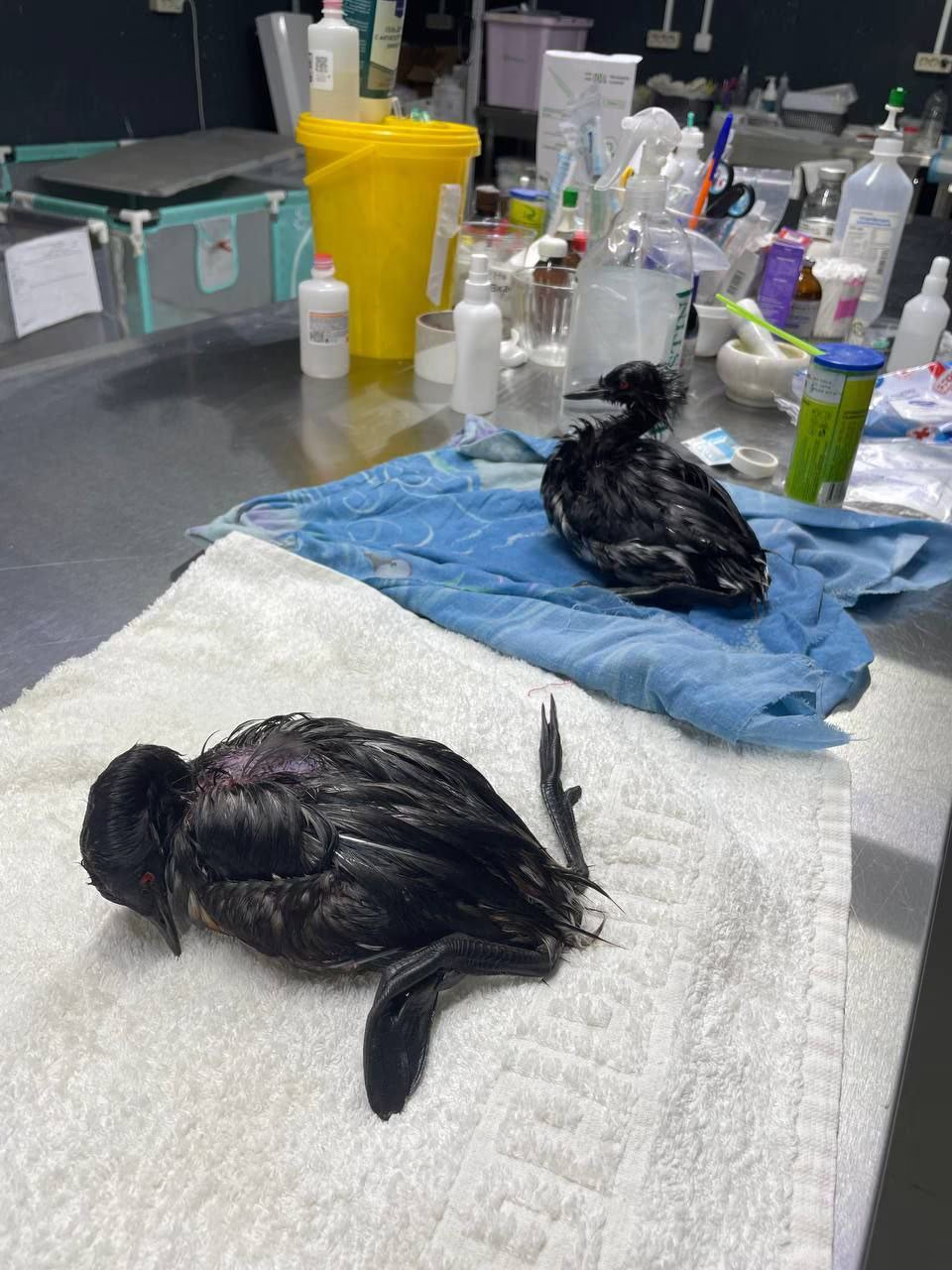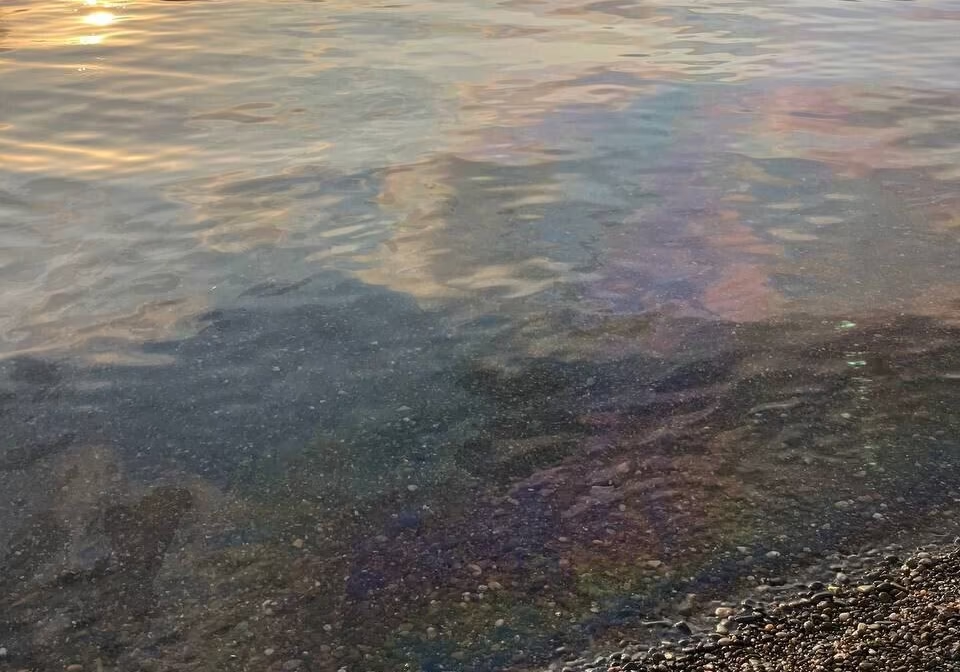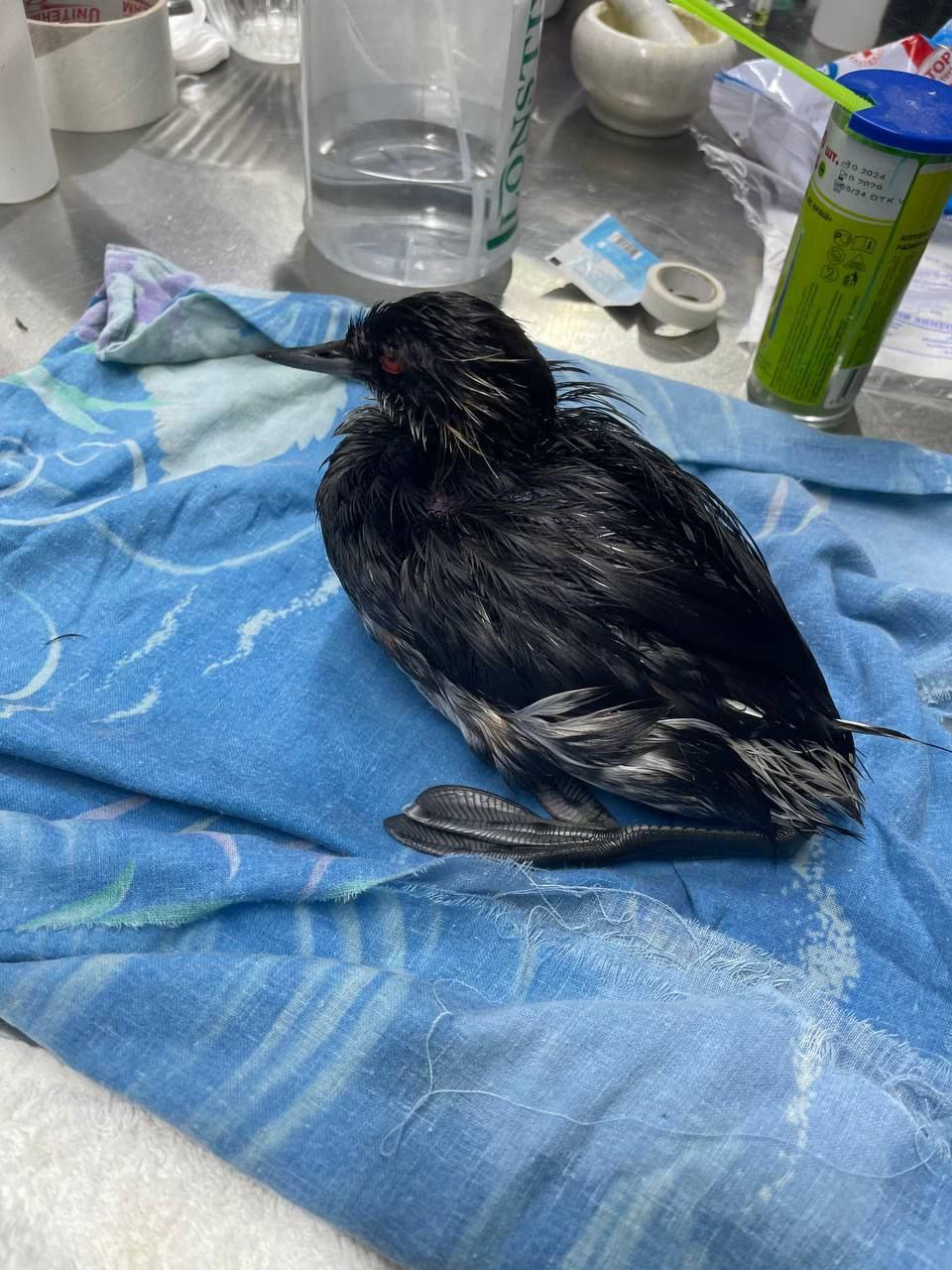The Caspian Pipeline Consortium (CPC) reported on August 29 a “technical incident” at its offshore terminal near Novorossiysk: during the loading of oil onto a tanker, some of the crude spilled into the Black Sea. The company stressed that there were no casualties and that cleanup of the oil emulsion was underway.
Shortly afterward, TASS, citing an emergency services source, clarified that the cause was a rupture of a loading hose while transferring oil to the Turkish tanker “T. Semahat.” According to these reports, more than a ton of petroleum products entered the sea, prompting the terminal to declare a state of emergency. Rosmorrechflot confirmed the leak but called it “insignificant,” saying the spill had been “promptly contained.” Rosprirodnadzor also reported containment, estimating the spill at about 30 cubic meters.
By August 31, however, evidence emerged that the situation was far more serious. Volunteer groups published photos of oil-covered birds brought in for treatment in Novorossiysk and Anapa. “The sea is covered with a film, and oiled birds are coming to us… four black-necked grebes arrived in two days, all soaked in this foul liquid,” one message said. By September 1, volunteers had received 24 birds, three of which had died.


Sergei Stanichny, a remote sensing expert working with the Maritime Rescue Service, told TASS that satellite images showed the polluted area covering about 350 square kilometers. He estimated that at least 10 tons of petroleum products had entered the sea. “In my experience, I have never seen such extensive film pollution at sea,” he emphasized. According to him, the slick was drifting toward Crimea, moving south of the Kerch Strait. He later clarified that the slick had broken up and its area had “somewhat decreased.”

At the same time, Igor Vakhrushev, an associate professor at Tavrida Academy of Crimean Federal University, stated that the environmental damage “appears minimal,” since the main slick bypassed sensitive zones. He noted that light oil fractions do not settle on the seabed, so long-term effects on fish and dolphins are not expected, though monitoring remains necessary.
Environmentalist Igor Shkradyuk, however, presented a very different picture. Speaking to Agentstvo, he noted that within a day of the accident oil fragments began washing up on the coast of Krasnodar region. A photographer from Anapa, Yuri Ozarovsky, published photos and videos of the debris. “Right now the shore smells of petroleum products, like diesel fuel. Unlike fuel oil, there’s no thick black layer on the sand—it’s less visible,” Shkradyuk added.
